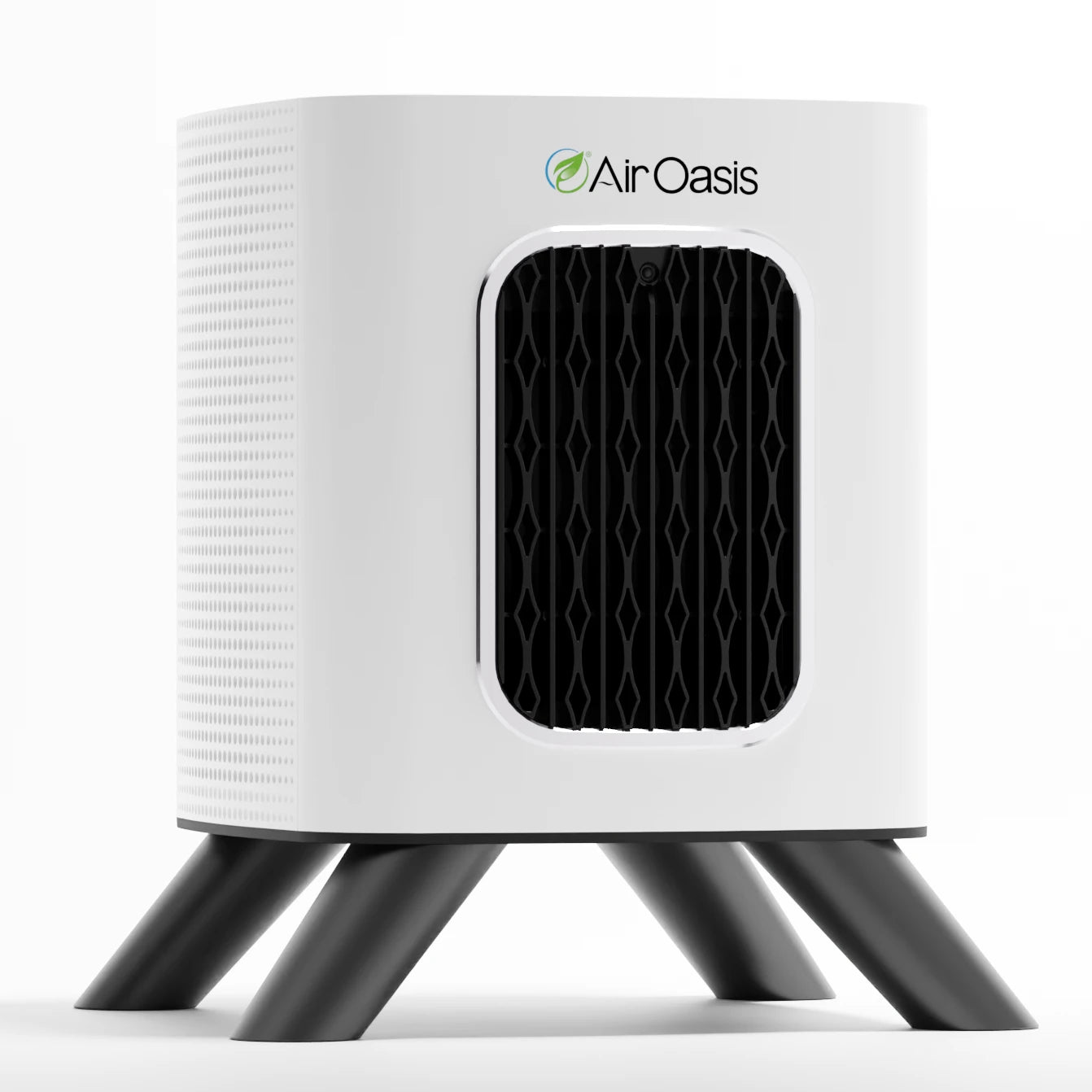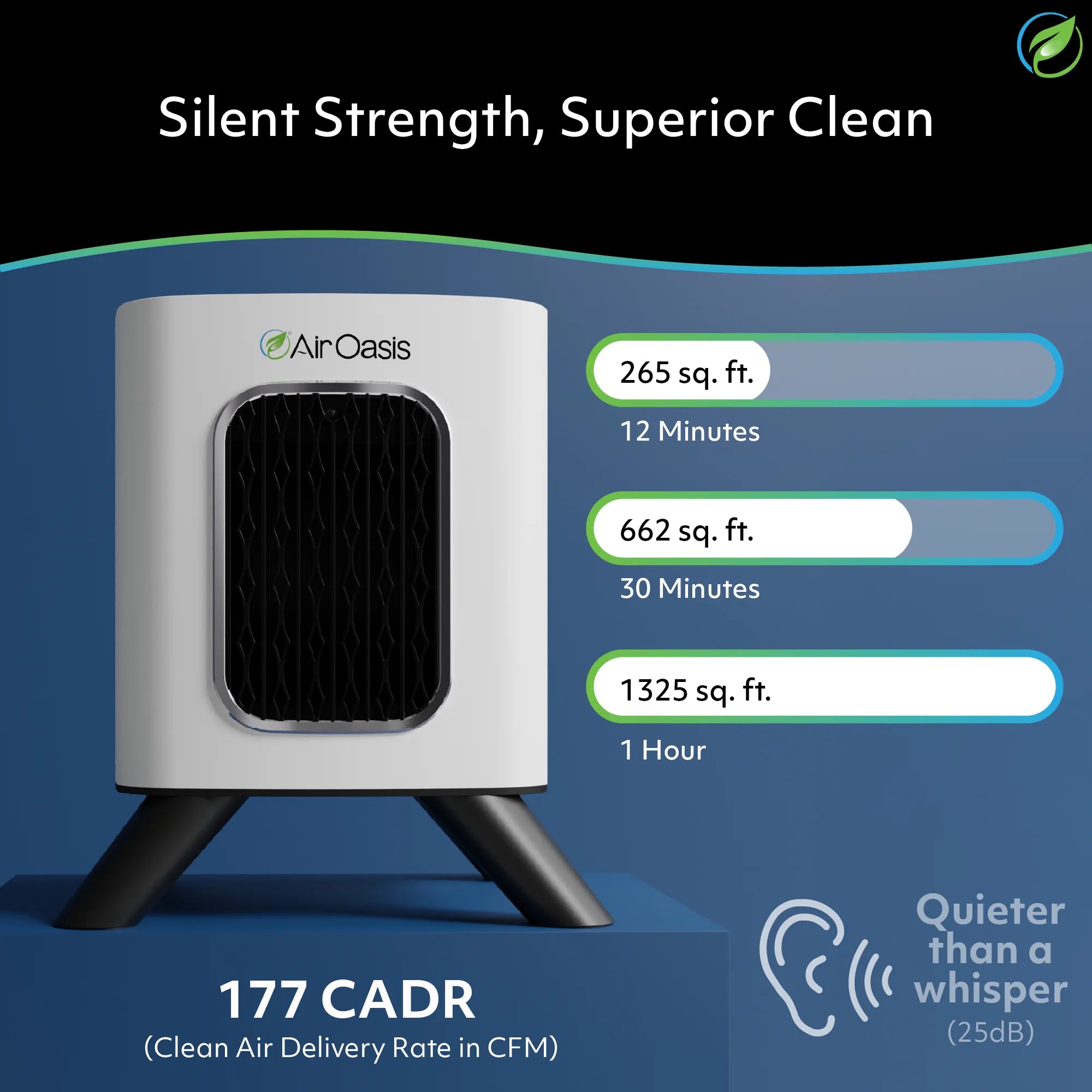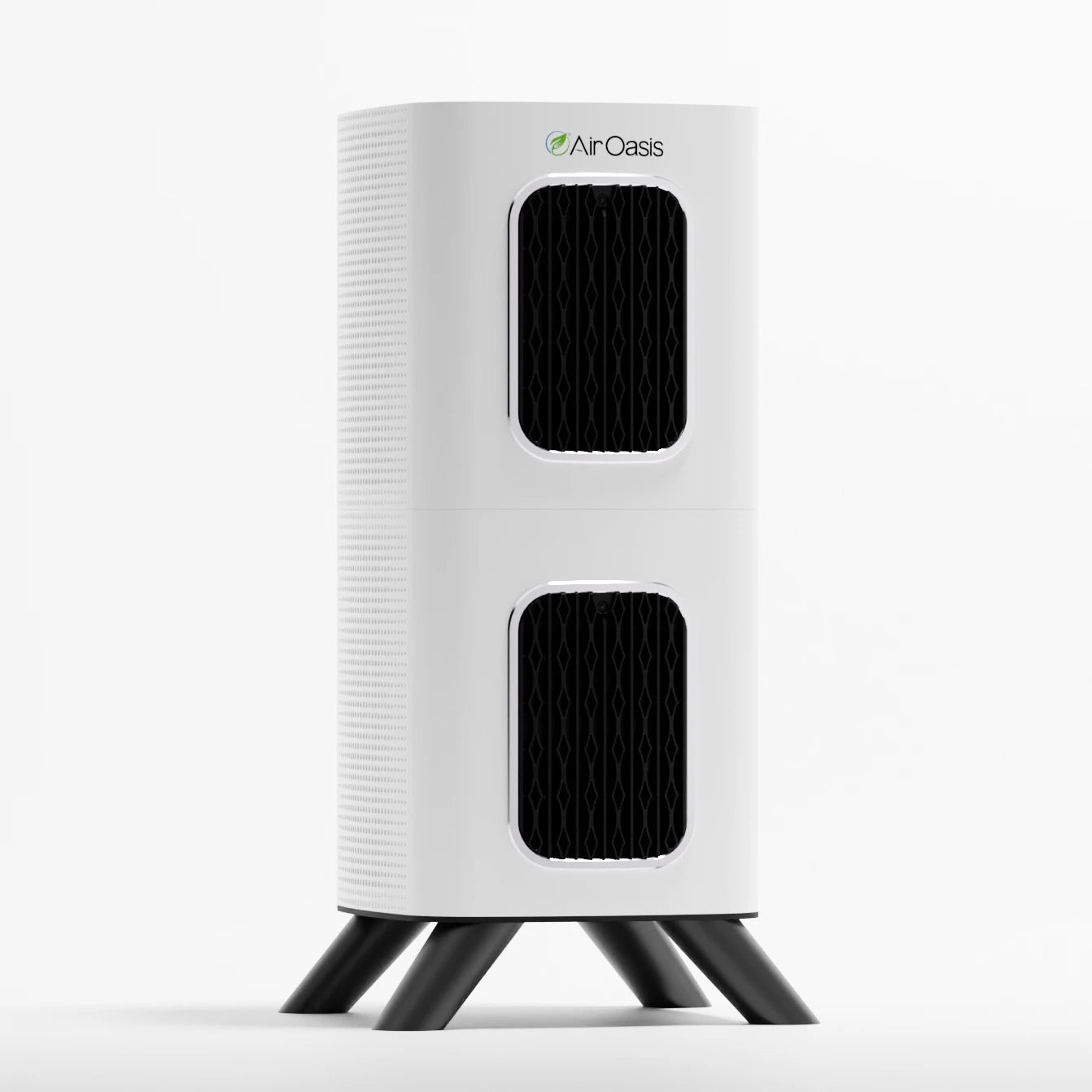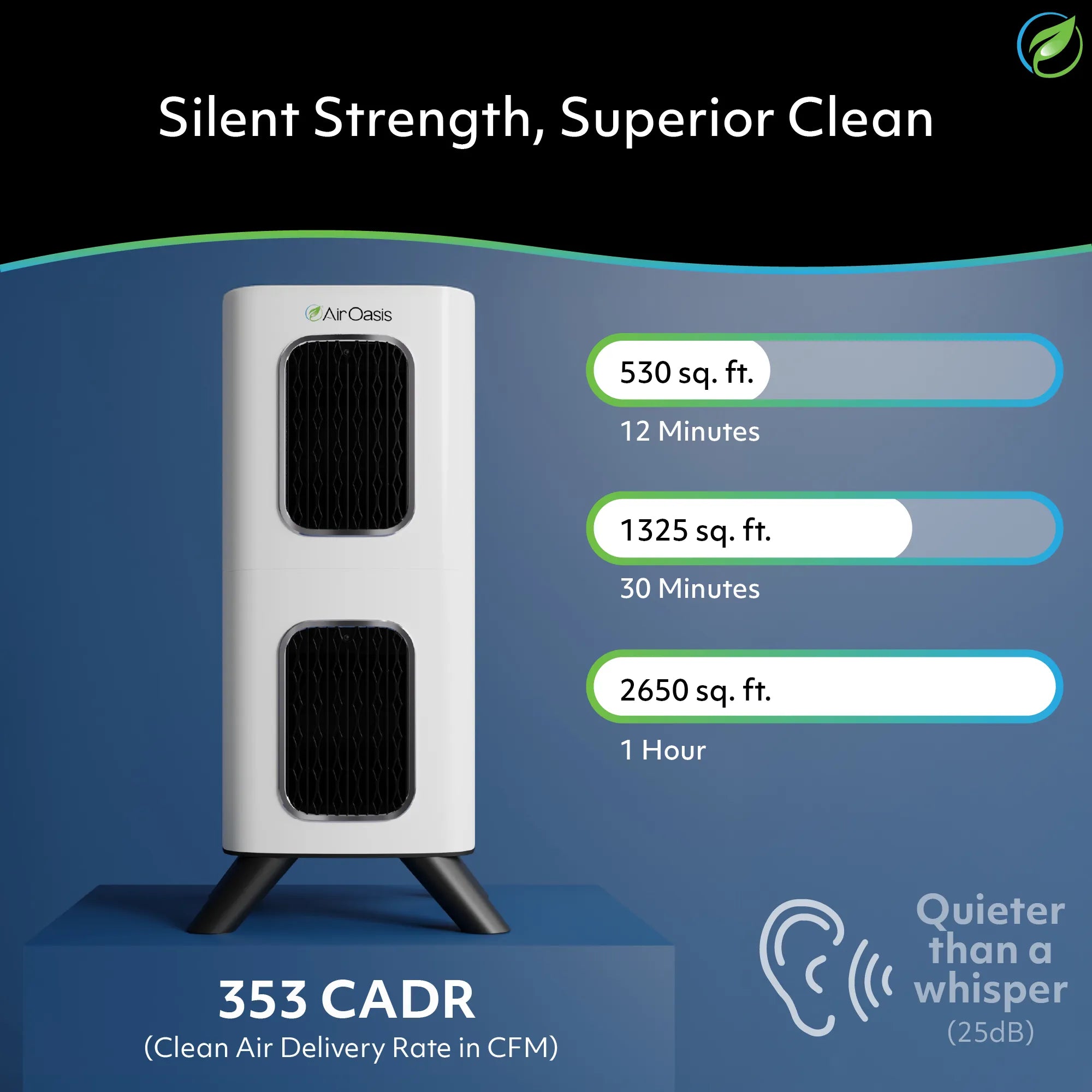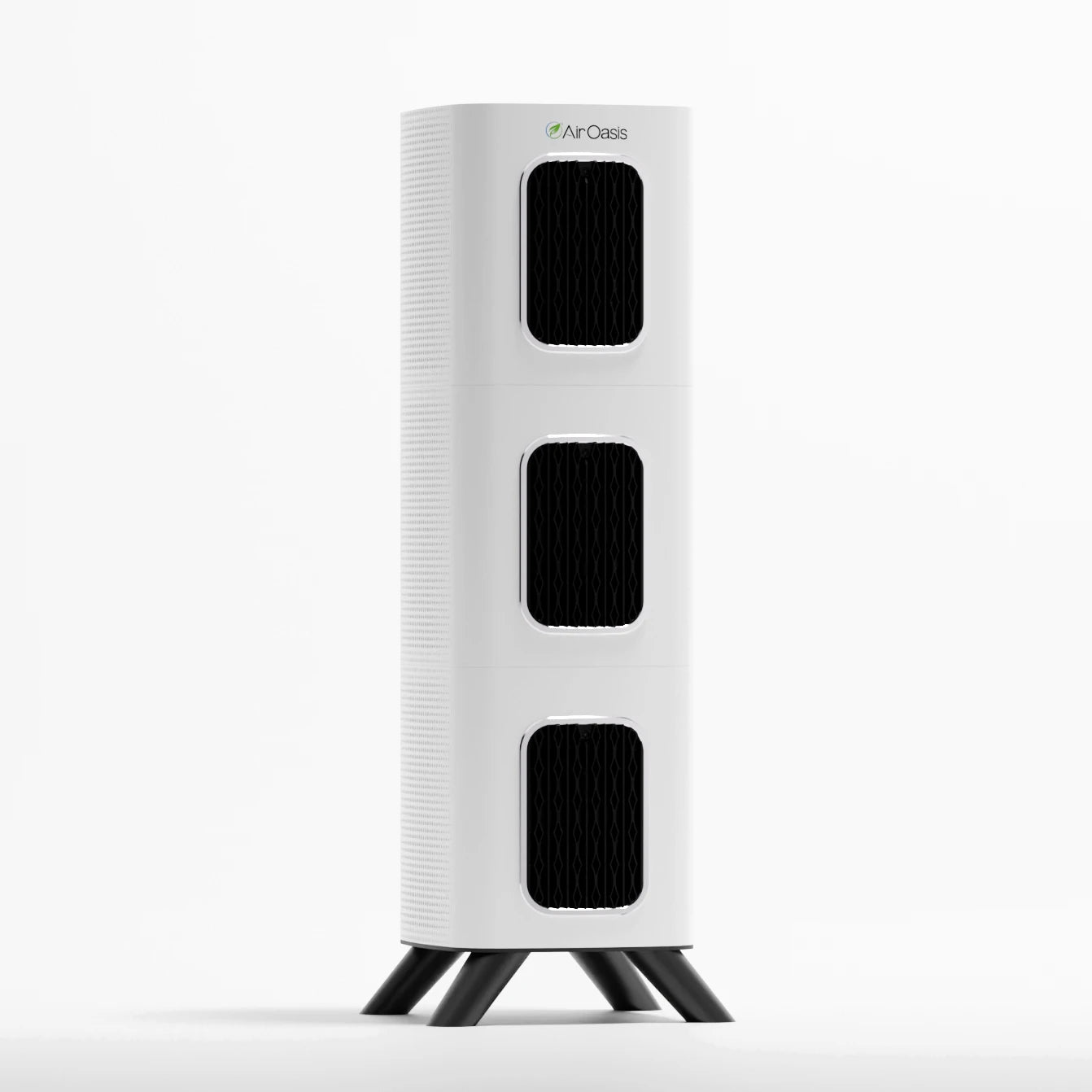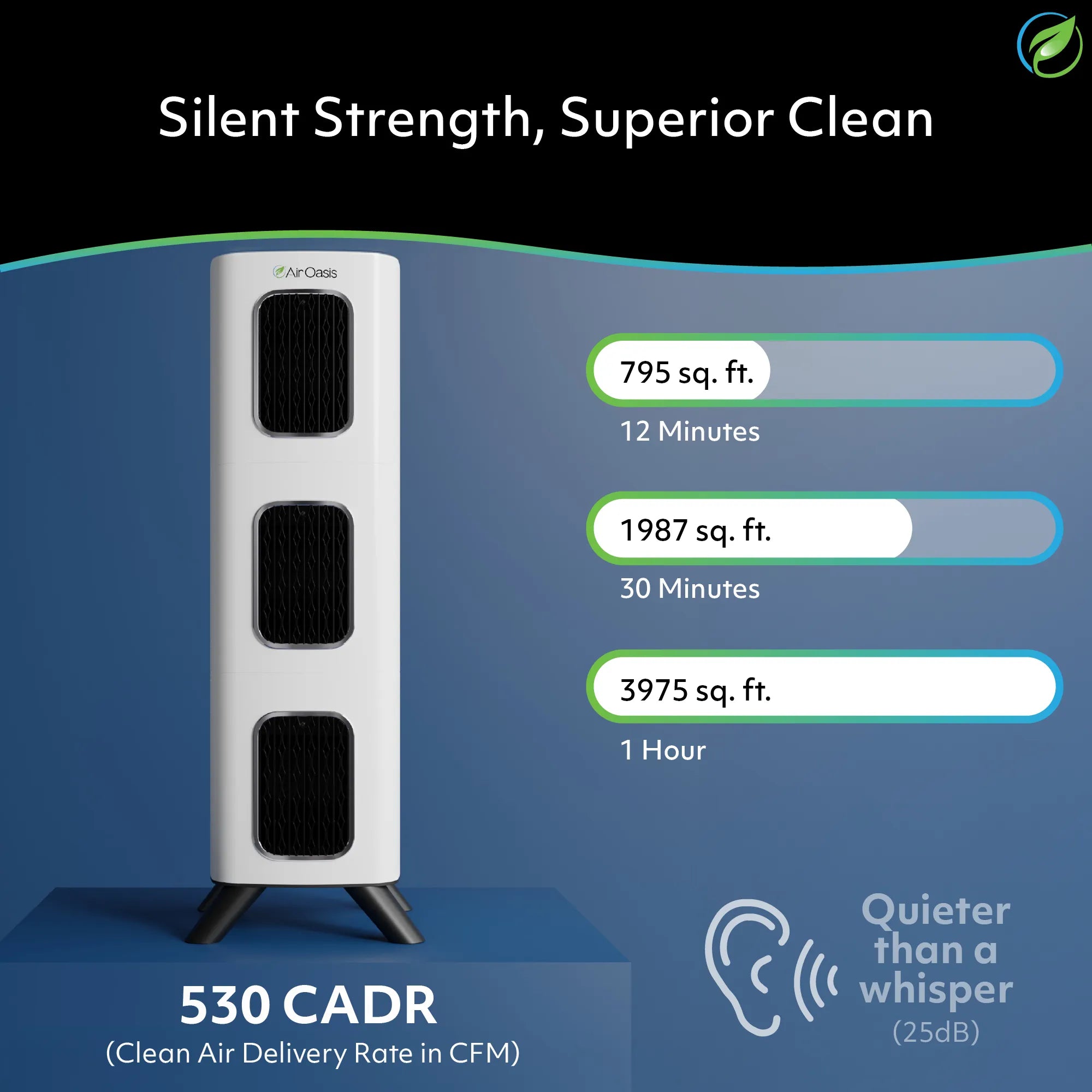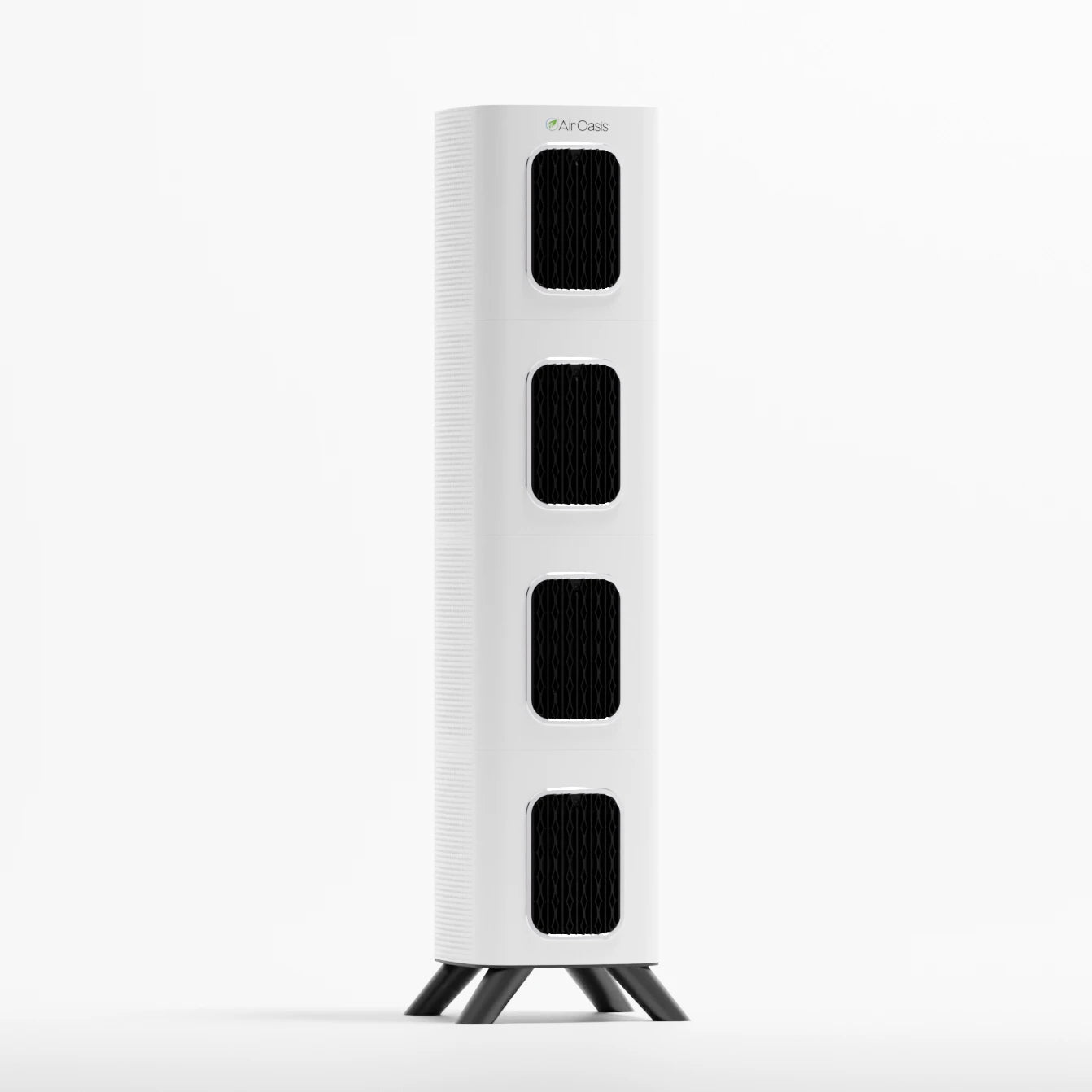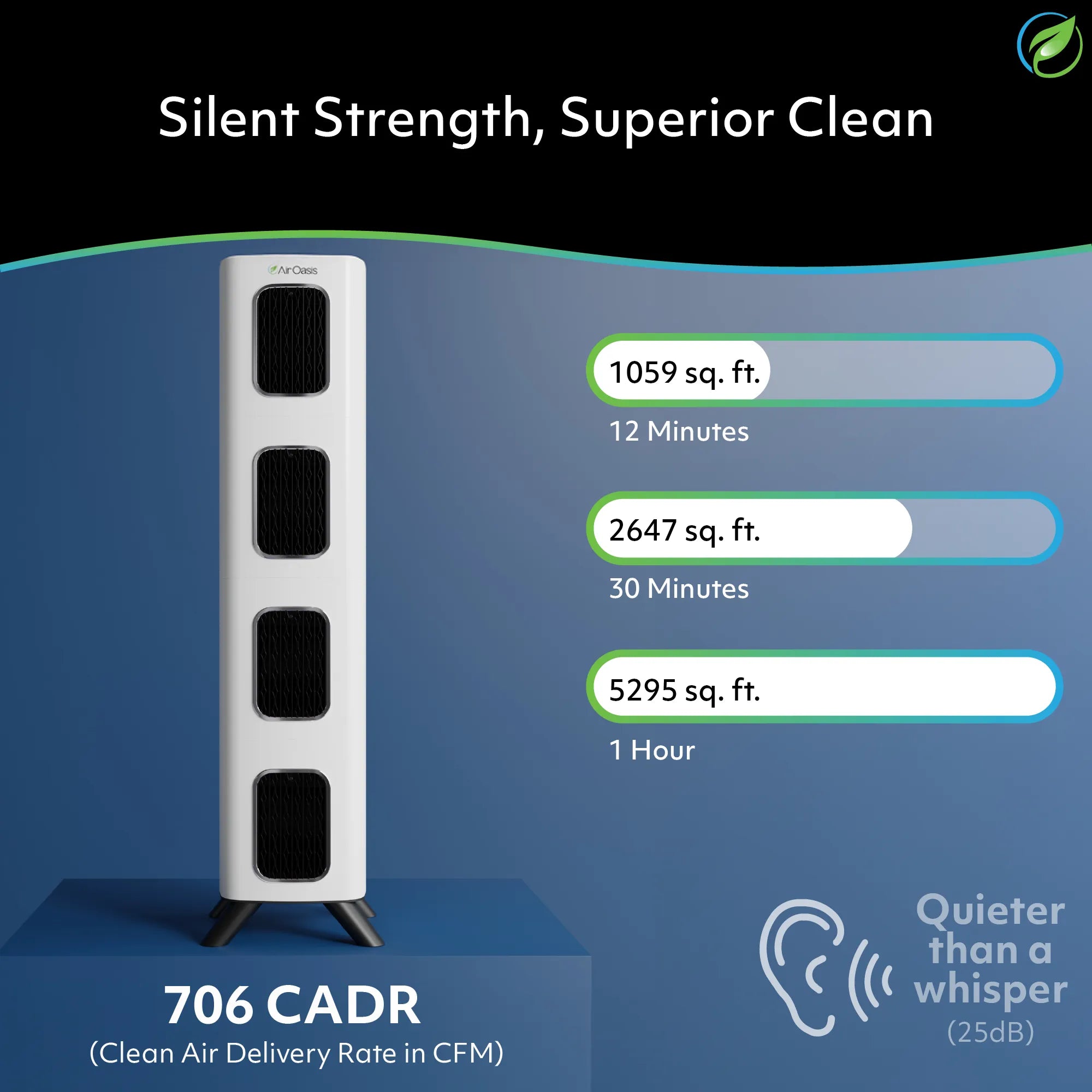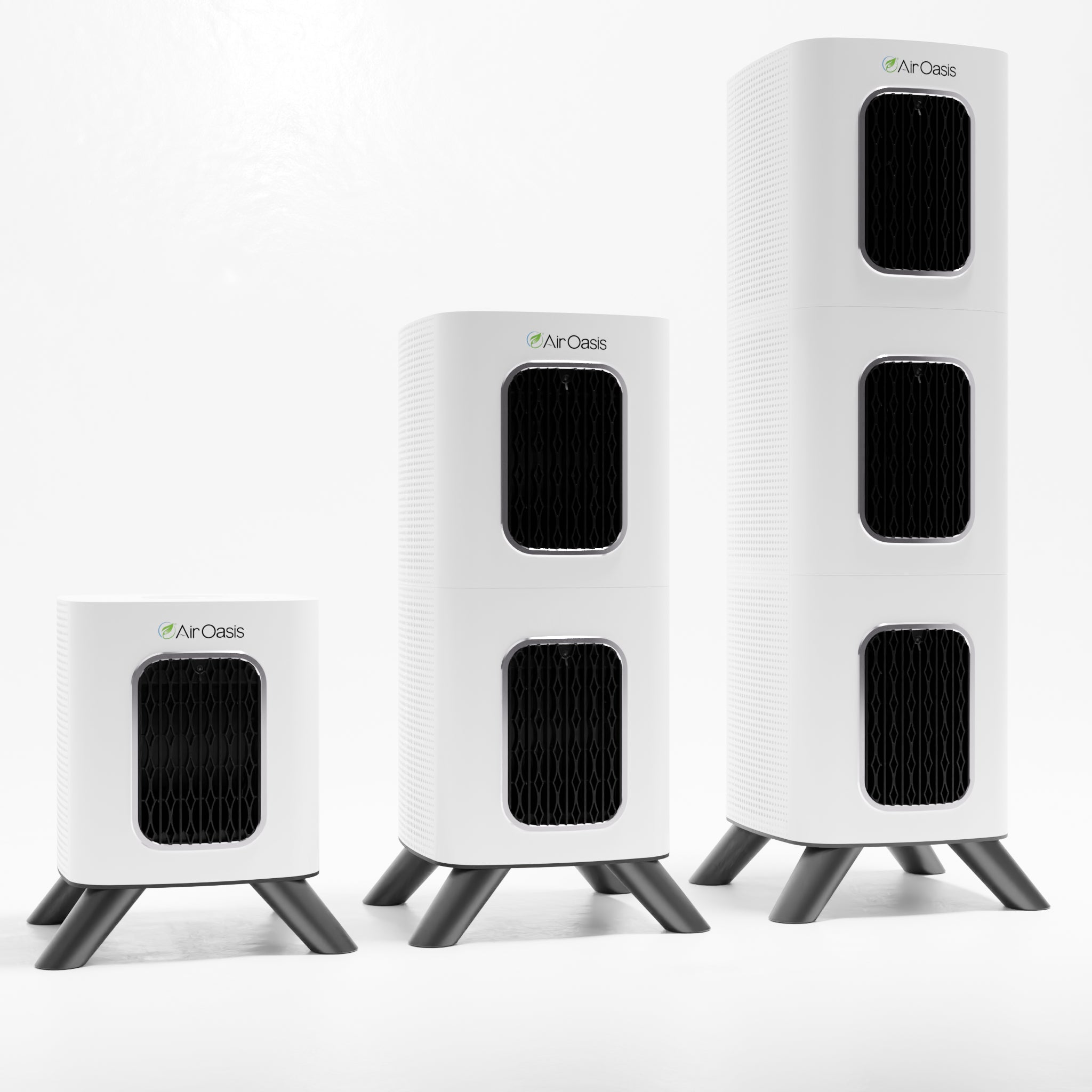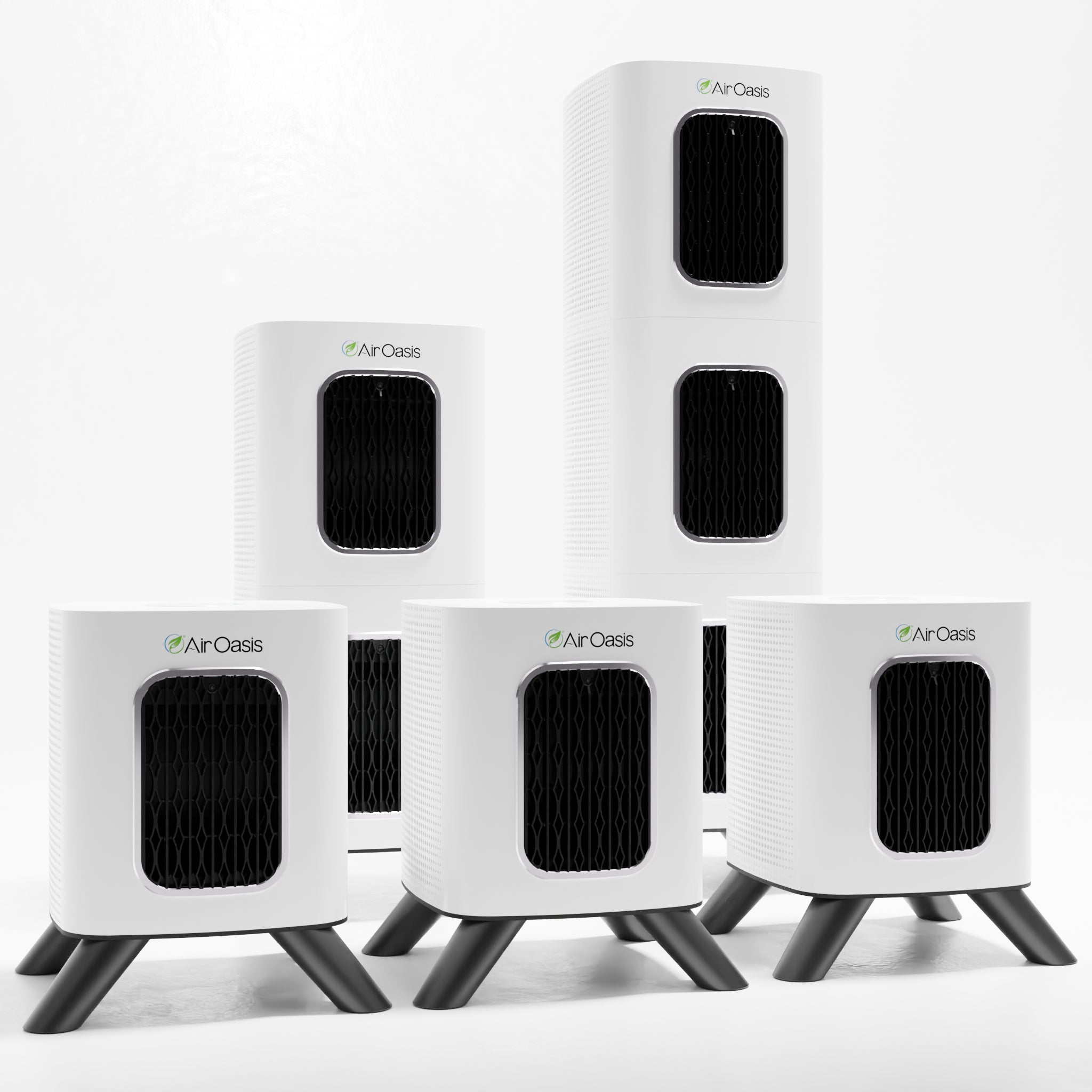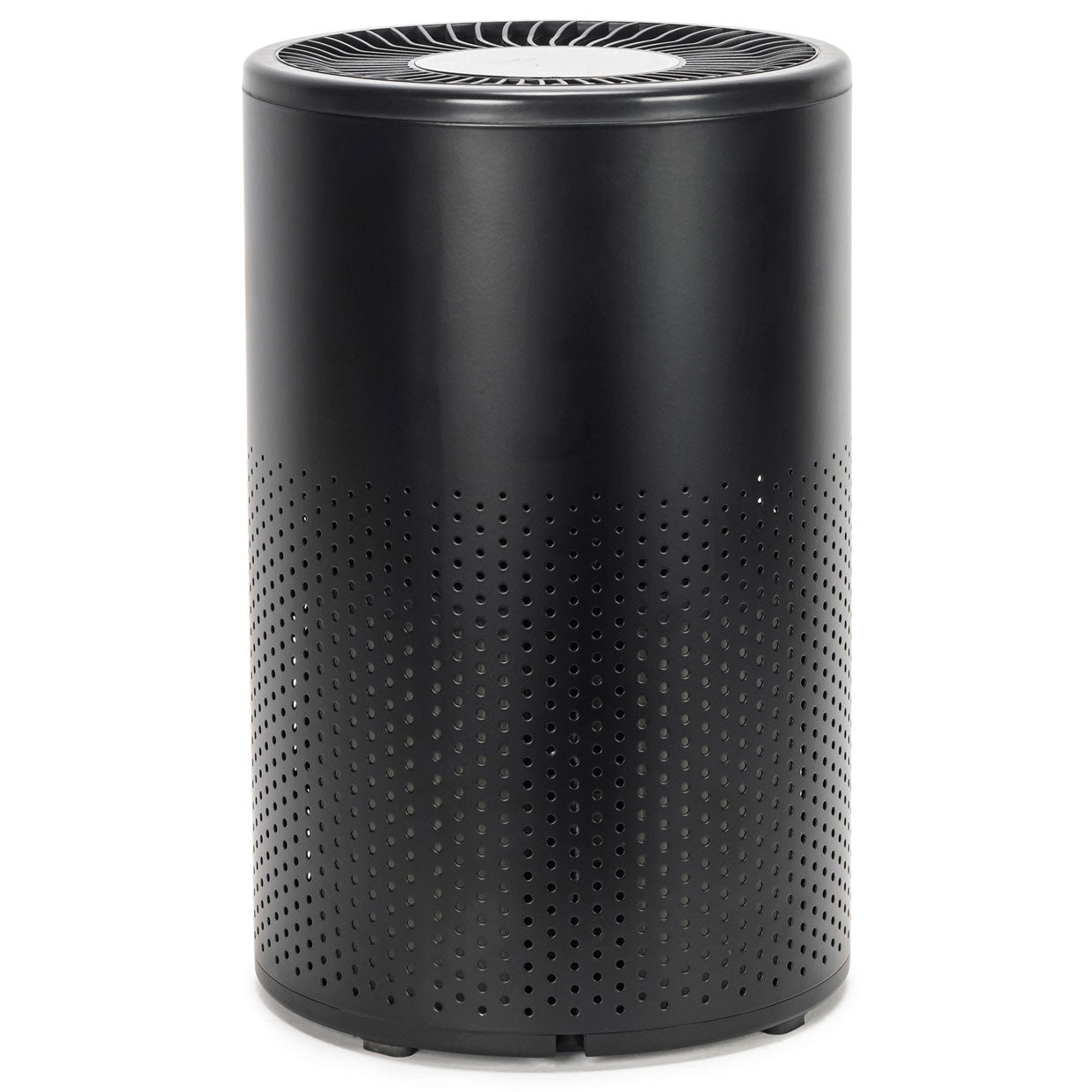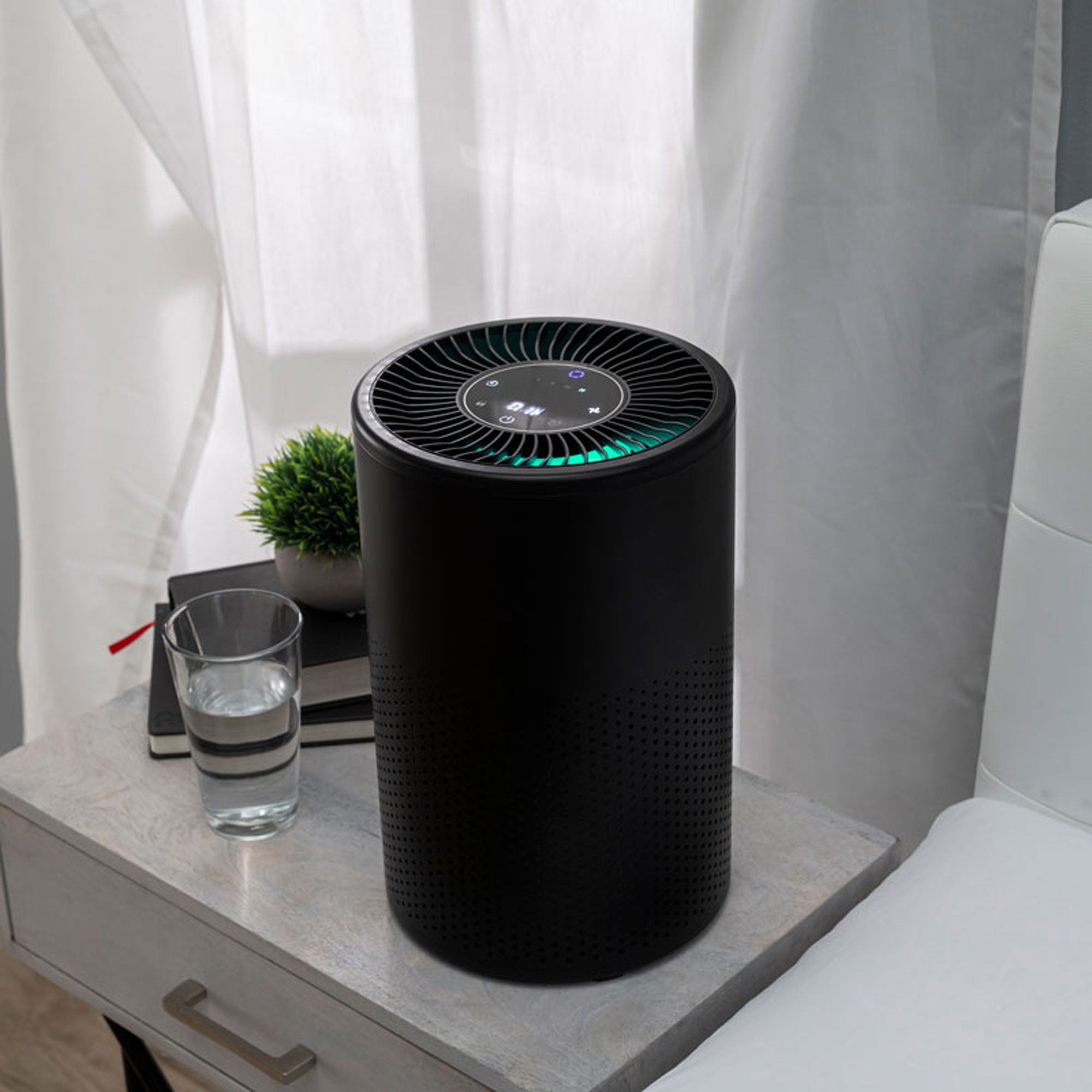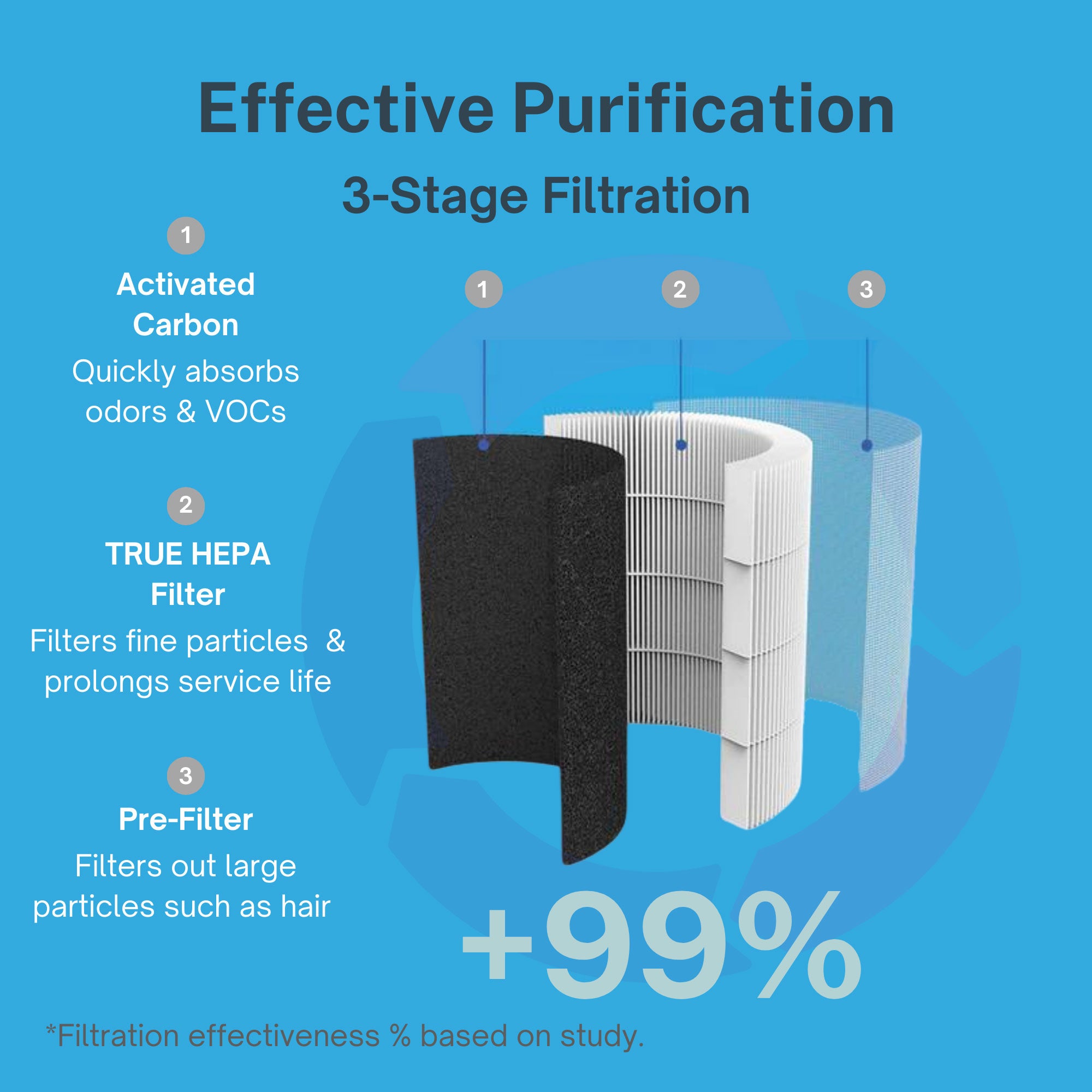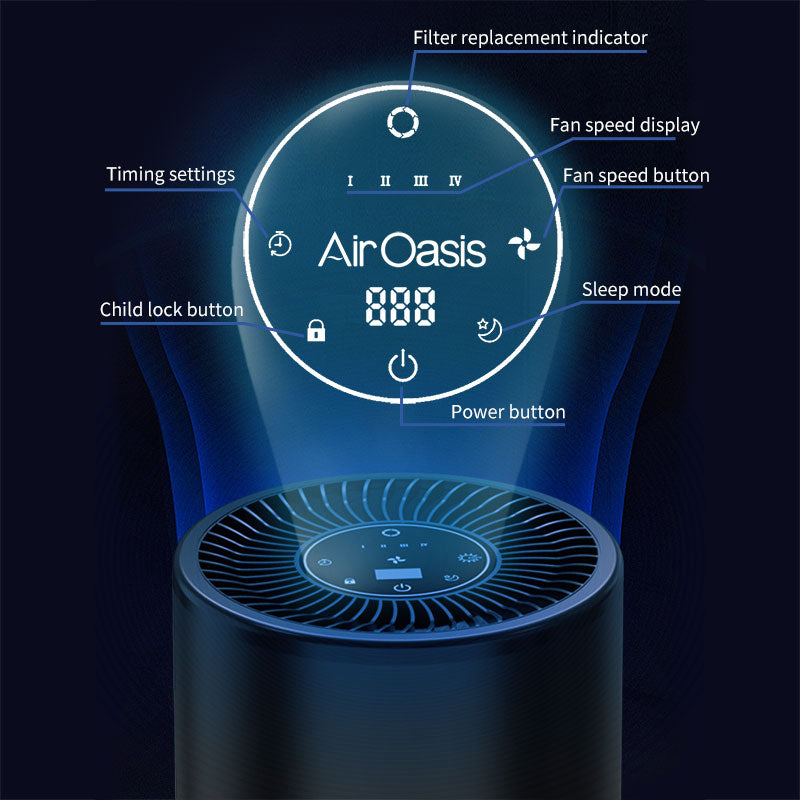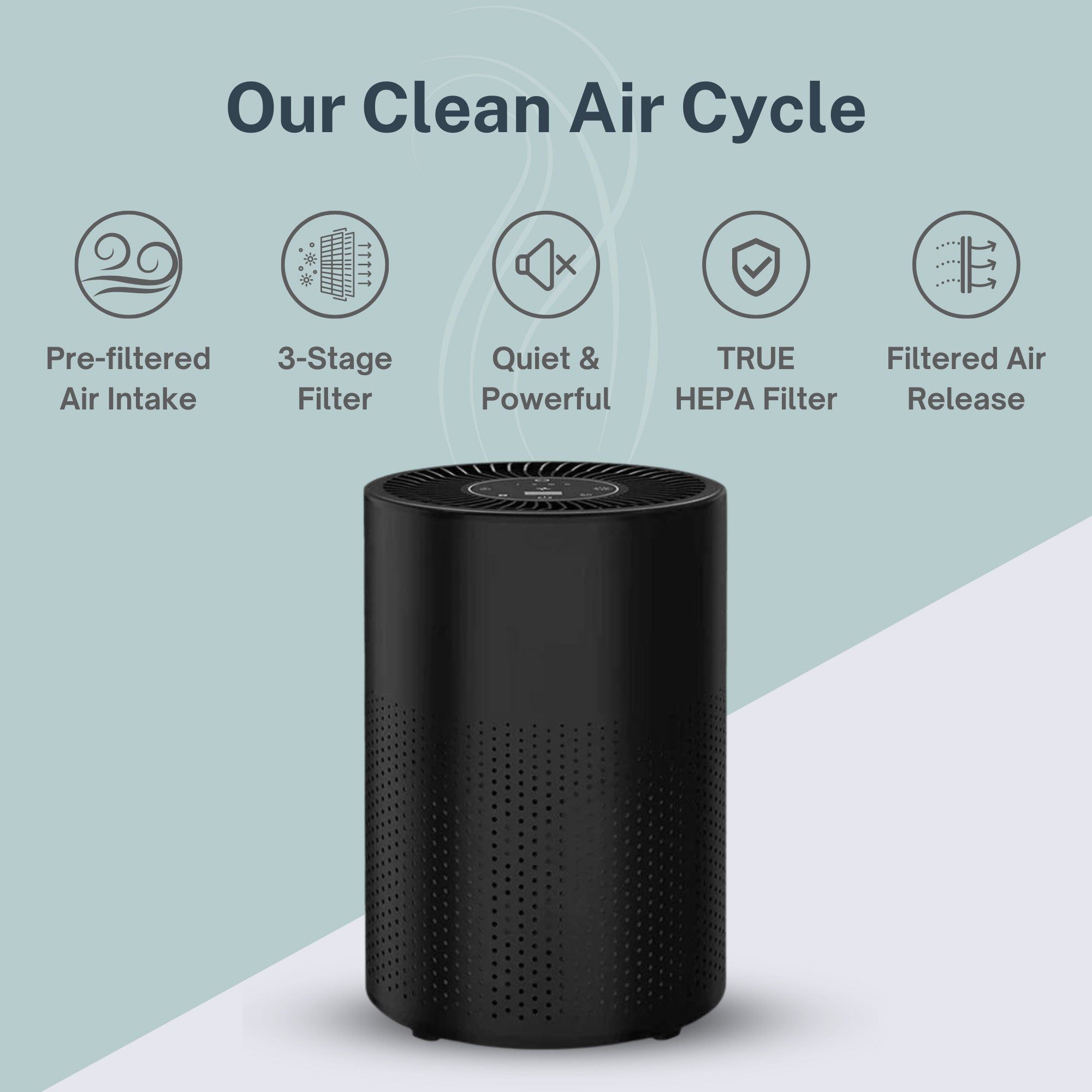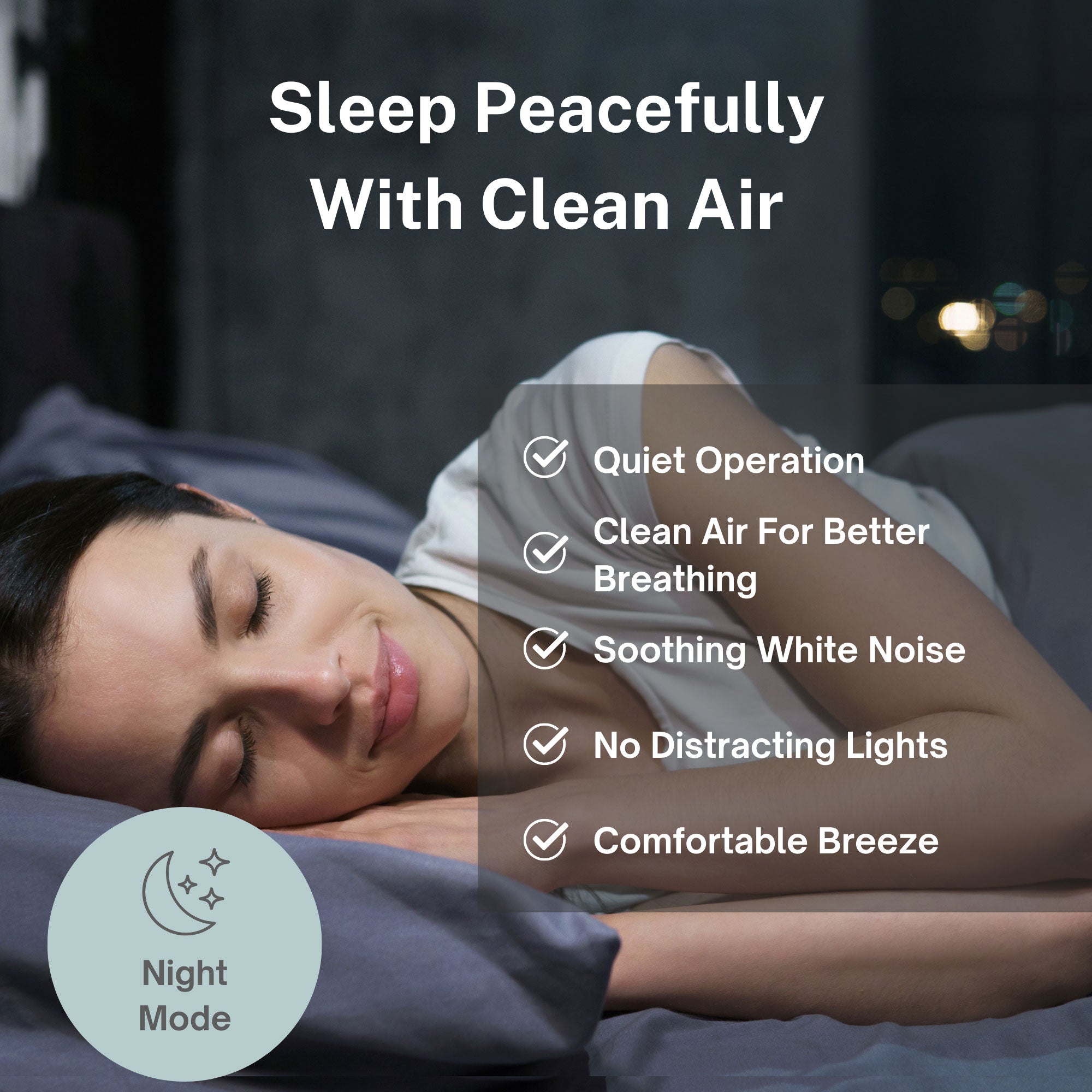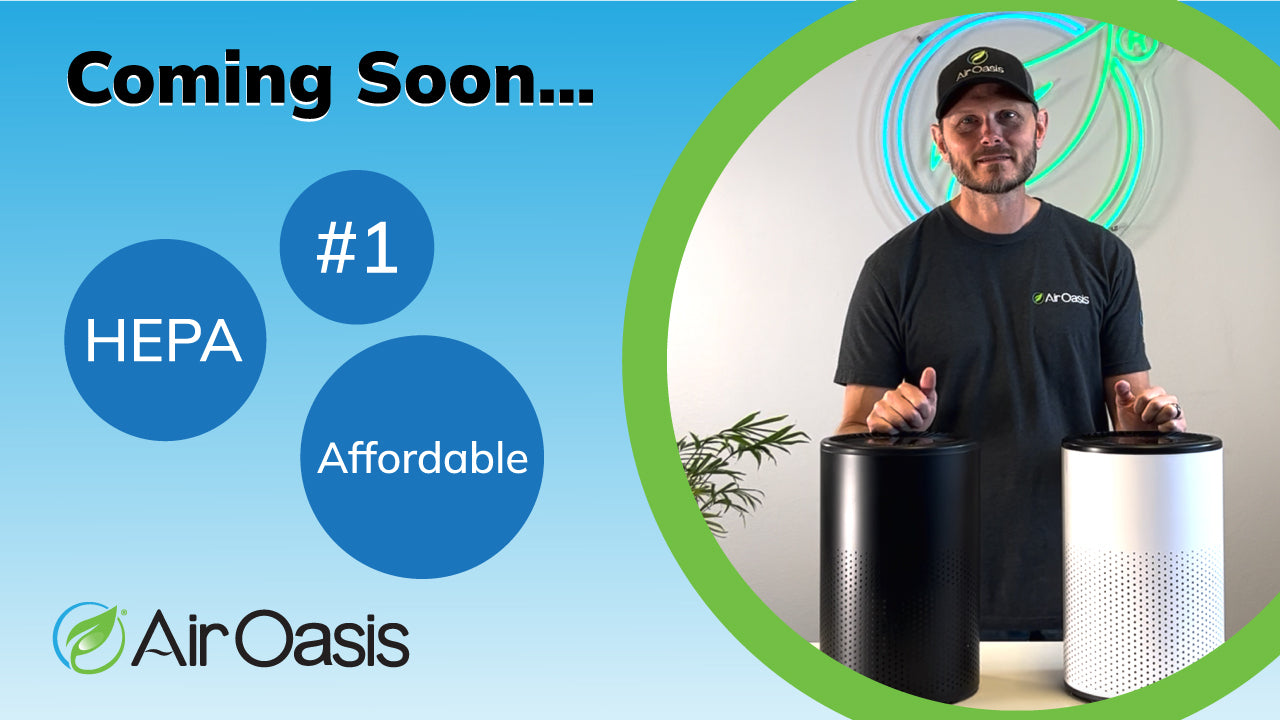Cleveland introduced new air pollution regulations in March 2025 to address the city's high asthma rates and protect overburdened communities, but the legislation remains stalled as city officials negotiate with Cleveland-Cliffs steel manufacturer and other industrial opponents. The proposed updates to Cleveland's 1977 air pollution control code would require stricter permitting for facilities adding new pollution sources, particularly in neighborhoods already suffering from poor air quality and economic disadvantages.
Cleveland-Cliffs, which employs 2,300 people locally, asked the city in April to weaken the proposed rules by exempting "insignificant air emission sources" that release less than ten pounds of pollutants daily. The company wants Cleveland's regulations to mirror more lenient Ohio state law rather than addressing the cumulative impact of multiple small pollution sources that environmental advocates say disproportionately harm poor and minority communities.
Industry Pushback Delays Health Committee Hearing
Dr. David Margolius, Cleveland's Director of Public Health, confirmed his department is seeking "areas of compromise" with Cleveland-Cliffs while the legislation awaits its first committee hearing. The May 5 health committee meeting was canceled, and no new date has been scheduled as negotiations continue behind closed doors.
Cleveland-Cliffs director Anna Ediger wrote to City Council leadership arguing the company's requested amendments are "necessary to support the City's goal" of promoting both environmental health and economic development. The company specifically opposes regulations covering small pollution sources, seeking to limit stricter permitting requirements only to "significant increase in emissions" as defined by state standards.
Other major employers joined the opposition. The Northeast Ohio Regional Sewer District expressed concerns about implementation costs that would burden ratepayers, while Alcon Industries president Gary Wilson stated his company "does not want to be targeted, nor bear unfair or unreasonable burdens."
Environmental Justice Groups Push for Stronger Protections
The Cleveland Air Quality Coalition argues the proposed regulations don't go far enough to protect communities already overburdened by pollution. Yvonka Hall from the Northeast Ohio Black Health Coalition emphasized that cumulative pollution harm requires comprehensive solutions addressing all emission sources, including small ones.
"These things have accumulated over time, and they have caused us to have harm done to those communities," Hall said. "And for us, this is an opportunity for Cleveland to actually do something about it."
Environmental advocates want mandatory permit denials in heavily polluted areas, not just discretionary authority. The current draft states the city's air quality division "may" deny permits that would disproportionately impact overburdened communities, but advocates demand stronger language requiring protection of the most vulnerable neighborhoods.
Case Western Reserve University's Kendall McPherson noted that many small emission sources "all combined have a great effect," making Cleveland-Cliffs' request to exempt minor pollution sources counterproductive to the regulations' environmental justice goals.
Cumulative Impact Focus Targets Historical Inequities
The proposed code specifically addresses cumulative impact from multiple pollution sources rather than evaluating facilities individually. White-majority communities face the lowest air pollution exposure in Cuyahoga County, according to Cleveland's Fair Housing Center for Rights & Research, while poor and minority neighborhoods bear disproportionate pollution burdens.
New facilities in already-polluted, economically disadvantaged areas would undergo extensive permitting processes, including health impact assessments and vehicle traffic emission estimates. This approach aims to prevent further pollution concentration in communities that have historically served as dumping grounds for industrial emissions.
Cleveland's Division of Air Quality has sought code updates since 2016 to address neighborhood air quality concerns and high asthma rates. The current regulations, unchanged since 1977, lack tools to evaluate modern environmental justice concerns or cumulative pollution impacts on vulnerable communities.
Behind-the-Scenes Negotiations Shape Public Health Policy
Public records reveal Cleveland-Cliffs contacted Council President Blaine Griffin in mid-April, a month after the legislation's introduction. Griffin immediately forwarded the company's concerns to Mayor Justin Bibb's administration, asking to "discuss these concerns before we move this legislation forward."
The private negotiations between city officials and industry representatives occur while community members who attended public meetings in January and February expressed support for stricter regulations. Margolius noted residents favored "more, stricter regulation for companies who are polluting, along with the health impact assessment and other features of the air code."
Health Committee Chair Kevin Conwell confirmed Griffin told him to "hold back" on scheduling hearings while the administration works out issues with Cleveland-Cliffs. This delay occurs as Cleveland residents continue experiencing high asthma rates the regulations were designed to address.
Joan Mazzolini from Cleveland City Council stated the legislation won't advance until the Department of Public Health finishes incorporating feedback and amendments, though no timeline exists for completing these negotiations.
The Stakes for Cleveland's Air Quality and Public Health
Cleveland's regulatory update represents a critical test of environmental justice priorities versus industrial interests in a city struggling with poor air quality and health disparities. The outcome will determine whether Cleveland adopts comprehensive cumulative impact analysis or maintains the status quo that allows continued pollution concentration in vulnerable communities.
The proposed regulations offer tools Cleveland currently lacks to address modern air pollution challenges and environmental justice concerns. However, industry opposition and behind-the-scenes negotiations threaten to weaken protections before the legislation receives its first public hearing.
For Cleveland families dealing with asthma and other pollution-related health impacts, the regulatory battle highlights the importance of controlling indoor air quality when outdoor environmental protections face political and economic obstacles. Air Oasis air purification systems provide comprehensive indoor air quality control that removes the particulates, chemicals, and pollutants that contribute to respiratory health problems regardless of local regulatory outcomes.
While Cleveland debates air pollution policy, families cannot wait for political solutions to protect their health from industrial emissions and cumulative pollution impacts. Proactive indoor air quality management offers immediate protection from the airborne pollutants that cause asthma symptoms and other health impacts, creating safe home environments independent of neighborhood pollution levels.
Take control of your family's air quality protection today rather than waiting for regulatory battles to resolve. Invest in comprehensive indoor air purification that addresses the full spectrum of industrial pollutants and particulates affecting Cleveland neighborhoods. Shop Air Oasis today and create the clean indoor environment your family deserves while community air quality protections remain uncertain.





